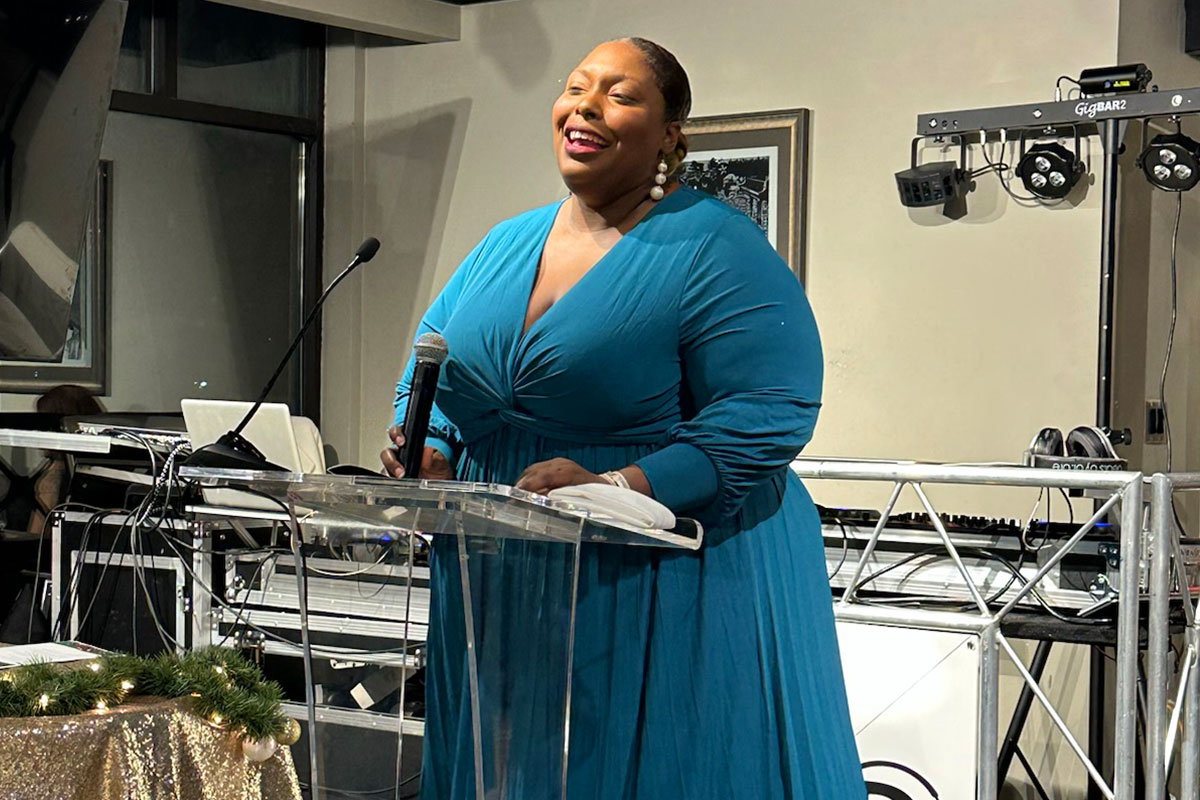UMB’s Chief Financial Officer Ram Shankar discusses earnings results for the third quarter of 2022. Some content refers to materials in the 3Q22 UMBF Earnings Presentation dated October 25, 2022, and available at investorrelations.umb.com.
Third quarter 2022 earnings summary
We earned $88 million, or $1.81 per share in the third quarter of 2022, compared to $1.94 per share in the third quarter of last year. While on a headline basis, this was lower than what Wall Street analysts expected, we recorded solid core revenue growth, driven by positive momentum across our business lines. Compared to expectations, our headline miss was driven by higher provision expense tied primarily to strong loan growth, higher interest expense paid on deposits, and higher operating expenses – some of which were unusual this quarter.
Our net interest income, which is what we earn on loans and our bond portfolio, offset by what we pay for deposits and other funds, increased by 3.9%, driven by our robust loan growth and the impact of higher short-term rates. This benefit was partially offset by the higher cost of deposits that help fund that loan growth. Compared to some of our traditional peers, our deposit interest costs accelerated due to our largely predominant commercial and institutional customer base.
The other component of our revenue is noninterest income, or what we call “fee income”. Total fee income was $128.7 million for the third quarter, and included improvements in bankcard income and brokerage income, where higher interest rates drive increased revenue share income from our money market funds that are held in off-balance sheet accounts for customers.
Fee income is driven by several different lines of business, and we saw positive results across the company and pipelines and sales activities continue to be strong. There were many successes during the quarter—too many to mention here. I encourage you to check out the details in our third quarter investor presentation‡.
Overall, in the third quarter, if you exclude some market-related noise and the nonrecurring gain last quarter from the sale of our Visa B ownership, third quarter fee income compared favorably to second quarter levels. This level of revenue from fees and the momentum we see continue to be a differentiator for our business model.
On the expense side, we also had a market-related increase to our deferred compensation costs, which is offset by the company-owned life insurance income I mentioned, and some additional salary expense due to one additional salary day in the quarter, as well as selective hiring in some of our lines of business to help drive growth.
One important metric we track is our operating leverage, which is the growth in revenue minus the growth in expense. This metric can vary each quarter, but we are focused on generating positive leverage on a year-over-year basis. Excluding some of the non-recurring market-related impacts I mentioned, we have generated operating leverage of 4.0% year-to-date.
Balance sheet highlights
Turning to our balance sheet, we continued our track record of robust loan growth, which has been recognized by the investment community as outpacing peers.
Average loans for the third quarter, excluding PPP balances, increased 15.7% year-over-year and 22% on a linked-quarter annualized basis.
We saw continued outperformance in commercial and industrial (C&I) lending, with average C&I balances increasing 27% on a linked-quarter annualized basis and making up more than half of this quarter’s total growth. We are seeing a good mix of new customer acquisitions and increased borrowing from existing commercial relationships.
Average residential mortgage balances have increased 23% over the third quarter of last year, despite the impact of the rising rate environment. Our down payment assistance program, designed to support first-time homebuyers in underserved markets, has had more than 1,000 new applications resulting in 156 loans totaling $37 million, year-to-date with total disbursements of $1.6 million in assistance.
Strong asset quality and diverse business lines
Strong asset quality has been an important part of UMB’s story, and we’ve performed well through a variety of economic cycles. The quality of our growing loan balances remains solid, with a net charge-off ratio of just 0.02% of average loans for the third quarter. Nonperforming balances are a low 0.10% of loans.
The other side of our balance sheet contains the funding sources or raw materials as we call them, that support our growth, including deposits. We, like many of our peers, experienced a decline as well as a change in the mix of our deposit balances in the third quarter.
Total deposits declined by 5.7% (or 23% on a linked quarter annualized basis) from elevated second quarter levels, driven largely by demand deposit account (DDA) outflows in our institutional businesses. However, on a year-over-year basis, those DDA balances are 8.7% higher as we onboarded new commercial and small business / business banking clients.
Our unique business mix, which is largely made up of institutional and commercial customers, is different from many of our traditional peer banks. Many of our large customers are deploying their cash to grow, and—in the current rate environment—some have moved excess balances to non-bank options that offer more attractive yields.
We continue to focus on deposit gathering and we have some current initiatives in place to attract deposits, both from existing and new-to-bank customers. Additionally, we’ll get a boost in balances from the previously announced acquisition of about $400 million in health savings account deposits, which is expected to close in the fourth quarter.
Market conditions and deposits
During the third quarter, the Federal Reserve raised its target rate twice, moving it from 1.75% to 3.25%.
These increases impact the rates that we pay on our deposits and other funds. Some of those balances are indexed, which means they are tied to certain market rates, and the yields automatically rise. Rates on other accounts, particularly those of larger commercial clients, have moved up to remain competitive in this market.
One metric that is getting increased attention from investors and analysts is the rising cost of deposits, and how that impacts banks’ net interest margin and profitability.
Particularly this quarter, bank stock prices have moved somewhat in tandem with the level of funding costs, and those reporting larger increases have often underperformed peers in the days following the release of results.
A bank’s increase in deposit costs is compared to the increase in the Federal Funds target rate, and expressed as a percentage of that increase, referred to as the beta, or variance from the Fed rate.
In the third quarter, our total cost of deposits was 0.65% compared to just 0.20% in the second quarter, resulting in a beta of 32%, which, as I noted earlier, was higher than at our traditional peers.
What got less attention was the same beta calculation on the asset side of our balance sheet—capturing what we get paid on our loans and other earning assets.
Those yields increased from 2.86% to 3.54% compared to the second quarter for a beta of 48%. UMB outperformed both our peers and the industry as a whole on the asset side, thanks in part to our strong growth.
We’re committed to executing on our strategy as we finish out the year and we look forward to opportunities in 2023.
Stay informed on industry trends and noteworthy company news by visiting our Industry News section on umb.com. Follow UMB on Facebook‡ and LinkedIn‡ to see regular updates about our company, people and timely financial perspectives.
When you click links marked with the “‡” symbol, you will leave UMB’s website and go to websites that are not controlled by or affiliated with UMB. We have provided these links for your convenience. However, we do not endorse or guarantee any products or services you may view on other sites. Other websites may not follow the same privacy policies and security procedures that UMB does, so please review their policies and procedures carefully.





